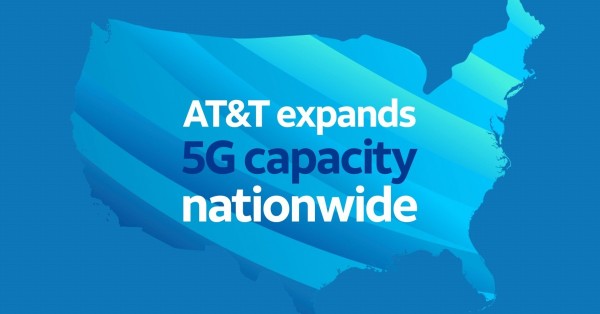BT Group and Stratospheric Platforms Ltd (SPL) announced that they would be conducting trials of a state-of-the-art antenna technology mounted on High Altitude Platform Stations (HAPS) aircraft. The trial is going to take place at Adastral Park – the global R&D base for BT – with the aim of providing broadband service even in remote locations which previously seemed out of reach.
Thanks to Innovate UK’s funding, this project has the potential to offer remarkable opportunities for industries that work in distant regions, such as transport, maritime security and search & rescue. It could bring faster and smoother connectivity directly through consumers’ mobile devices no matter how far away they are located.
UK network infrastructure can be extended with the deployment of HAPS solutions, and it could also act as a reliable backup for terrestrial networks in urgent situations like disaster relief or humanitarian aid. Moreover, its uses are broad, from remotely monitoring industrial sites to ensuring efficient operations on farms – offering countless opportunities for optimization.
With SPL’s advanced antenna technology, users can enjoy seamless 4G and 5G access directly on their smartphones. The phased array antenna is capable of providing speeds up to 150Mbps over an area measuring 140km or 15,000 square km – equivalent in size to 450 terrestrial masts, via 500 individual steerable beams.
HAPS offers not only exceptional performance and wide-area connectivity but also incredible cost efficiency and energy savings. With the phased array antennae and an aircraft fueled by hydrogen, sustainable 4G and 5G connections can be provided over vast areas from the sky – thus eliminating any need to construct expensive terrestrial infrastructure in far-flung regions.
To begin BT and SPL’s ascent to the heavens, they must first complete a secure 5G HAPS communications system trial. SPL will install its phased array antenna on an elevated structure (which serves as a stand-in for high-altitude aircraft) to assess how well it works with BT’s 5G secure network architecture in relation to its Open RAN testbed. During this experiment, multiple user groups utilizing distinct use cases need to be supported at the same time across one solitary network connection.
Tim Whitley, Managing Director Research and Network Strategy at BT Group expressed his enthusiasm for their partnership with SPL: “We are ecstatic to collaborate with them in order to unlock the immense potential of HAPS aircrafts. This truly innovative project is sure to extend our UK 4G and 5G footprint, which is already higher than any other service provider in the nation. It will further boost connectivity within rural regions while allowing us new opportunities to serve private users.”
Richard Deakin, CEO at SPL, happily stated: “The whole team is thrilled to be collaborating with BT Group in taking the groundbreaking UK-developed technology to an even higher level. Joining hands with BT will further help our mission of achieving a world-first 5G demonstration from the sky that we achieved back in 2022. We look forward to supporting Britain on its journey towards becoming a science super-power.”







































